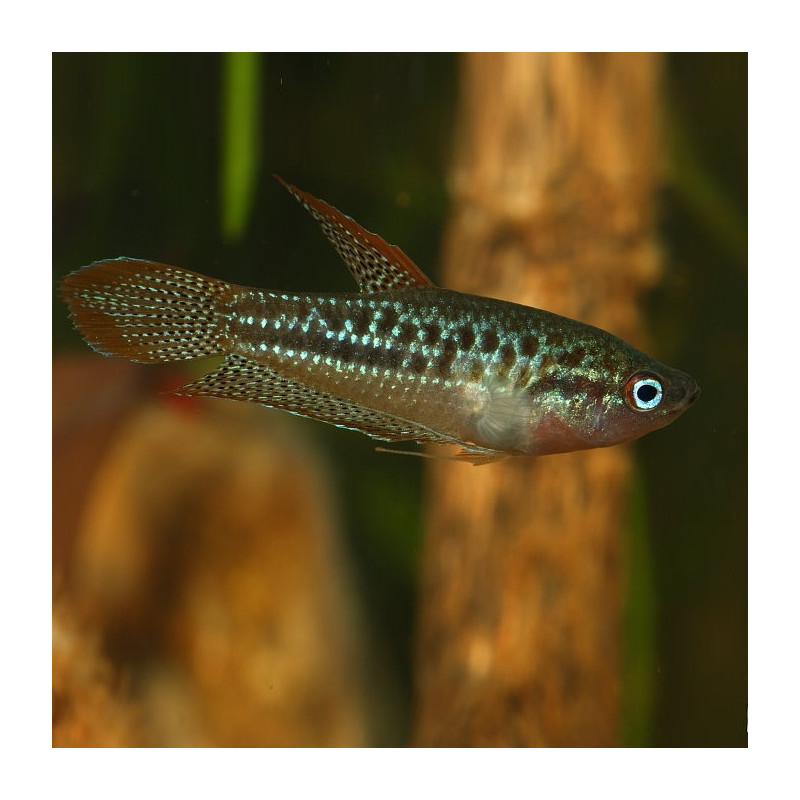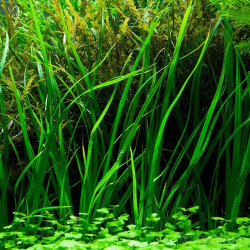More info
This species fares best in a well-planted, shady aquarium with plenty of surface cover in the form of tall stem plants, floating varieties, or tropical lilies. Cryptocoryne spp. are also a good choice.
Driftwood can also be used and other plants such as Microsorum or Taxiphyllum spp. may be attached to it. Small clay plant pots, lengths of plastic piping or empty camera film cases can also be included to provide further shelter.
Best maintained in a pair or small group, either alone or with very peaceful, similarly-sized species, since much bigger or more vigorous tankmates are likely to both intimidate and outcompete it. Small, schooling cyprinids such as Microdevario, Boraras, or Trigonostigma spp. make good choices, as do diminutive loaches such as Pangio or Petruichthys.
Likely to feed on insects and other small invertebrates in the wild.
Captive fish will normally accept dried products once they are recognised as edible, but should be offered plenty of small live or frozen foods such as Daphnia, Artemia or chironomid larvae (bloodworm) to ensure development of optimal colour and condition.
Temperature: 22 - 28 ° C
pH: 5.0 - 7.5
Hardness: 1 - 15 dGH
Maximum typical size: 3 to 4 cm.
Ficha Técnica
- Nome da Espécie: Trichopsis pumila
- Ordem: Perciformes//Osphronemidae
- Autor: (ARNOLD, 1936)
- Intervalo de pH: 5.0 -7.5
- Intervalo de Temperatura: 22-28ºC
- Dureza: 1-15º GH
- Tamanho adulto: 35 -40 mm.(cm)
- Aquário recomendado: 40L+







